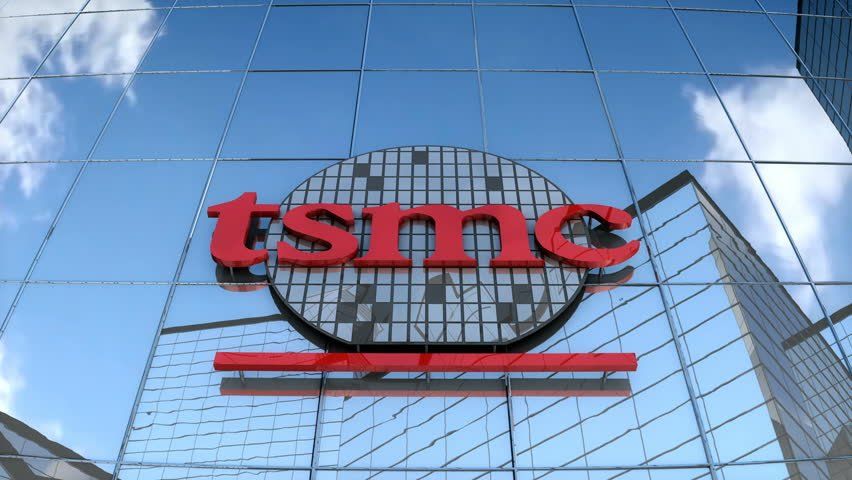TSMC has indicated in its financial report that they will manufacture Intel processors under the 3nm node.
Intel’s production difficulties with processors in recent years have forced the company to approach TSMC to produce some of its processors. It seems that the partnership is quite long-term, as it turned out.
TSMC will manufacture Intel processors for notebooks and servers under the 3nm node
Intel’s 10nm node delay has been a major problem for the company, which has had to move away from the 14nm node for much longer than expected. Currently, they already have the capacity to mass-produce processors in 10nm, which will be seen in desktop processors later this year with the Alder Lake-S. Due to these issues, Intel has already asked TSMC to manufacture some Pentium and Celeron processors, which will be expanded in the future.
During TSMC’s business presentation, it is hinted that they will manufacture Intel processors using their 3nm node. The first processors from the Taiwanese foundry under the 3nm node will go to Apple and Intel. It is further stated that the first manufacturing tests are already underway, as well as the first technical tests. That Apple would use TSMC’s 3nm node was obvious to us, but Intel would reportedly only work up to the Taiwanese foundry’s 5nm node.
As TSMC has indicated on several occasions, the 3nm node offers interesting improvements over the 5nm node. This new node will offer between 10-15% more performance than its predecessor. Additionally, it will offer a 25-30% reduction in power consumption compared to the 5nm node. This data, at least for now, is quite promising for this new lithography.
According to the information we have, Intel will use TSMC’s 3nm for the production of two series of processors. Apparently, these will be Intel Core processors for laptops and Intel Xeon for servers. Beyond that, little is known at the moment.
For several years, Intel has kept 14nm lithography because there were major problems with the 10nm node. The monolithic design of its processors was a problem, so Alder Lake switched to a modular design, similar to ARM big.LITTLE. Add to that the various vulnerabilities that were discovered in different processor families from the company. All this has led to major internal changes, even a change of CEO with the idea of bringing the company back to the top.
Intel’s latest problem is a delay in the first Intel Xeon processors based on the 10nm node. According to Intel, the first Xeon processors based on the 10SuperFIN node were supposed to hit the market in Q4 2021. Finally, it seems that these processors will be delayed until Q2 2022 and this means a delay of 7nm for 2023.
